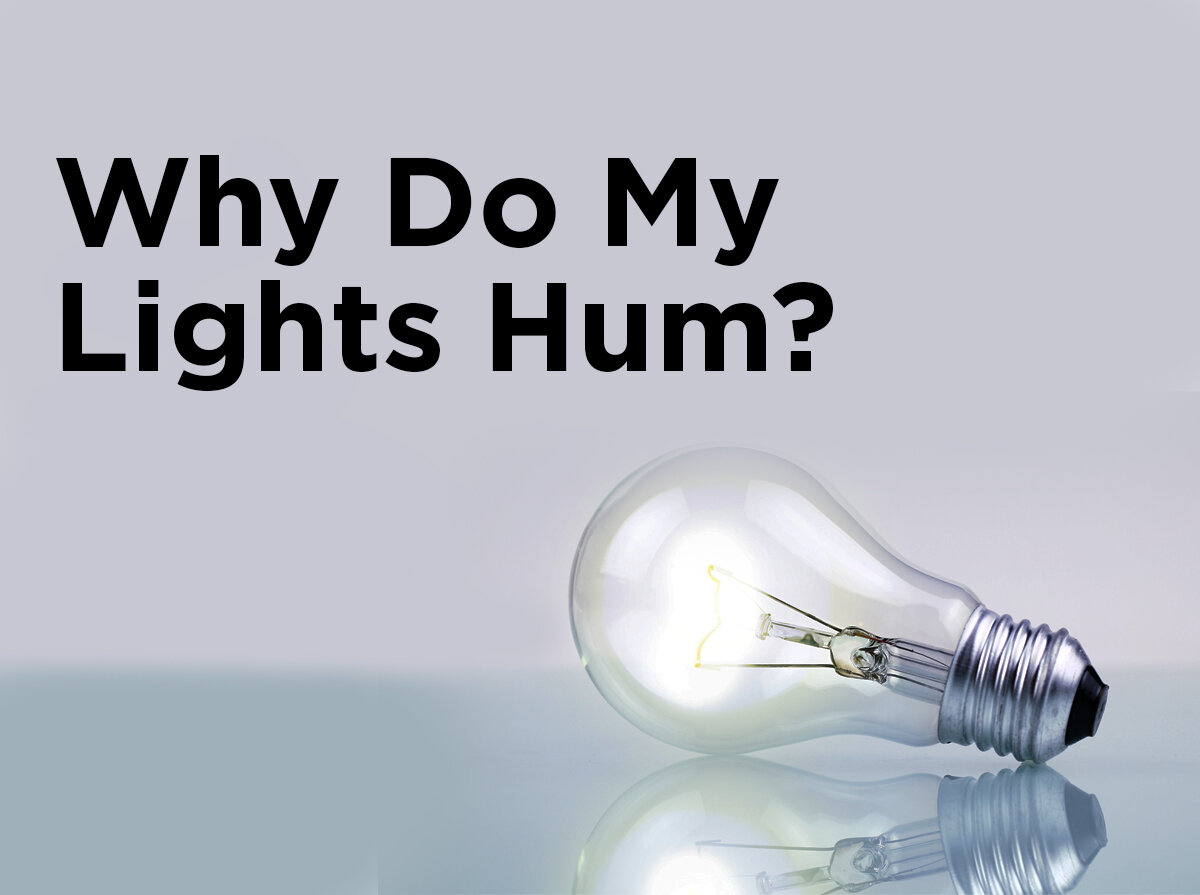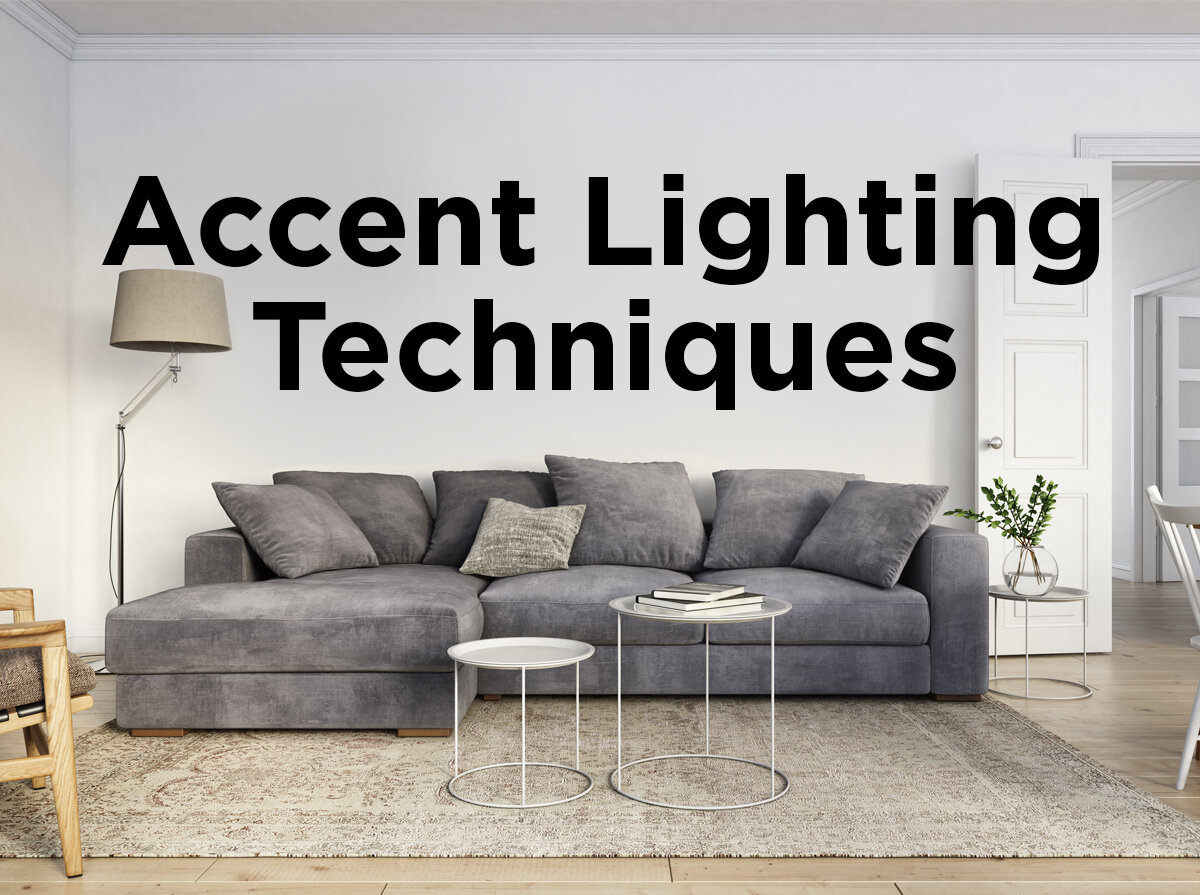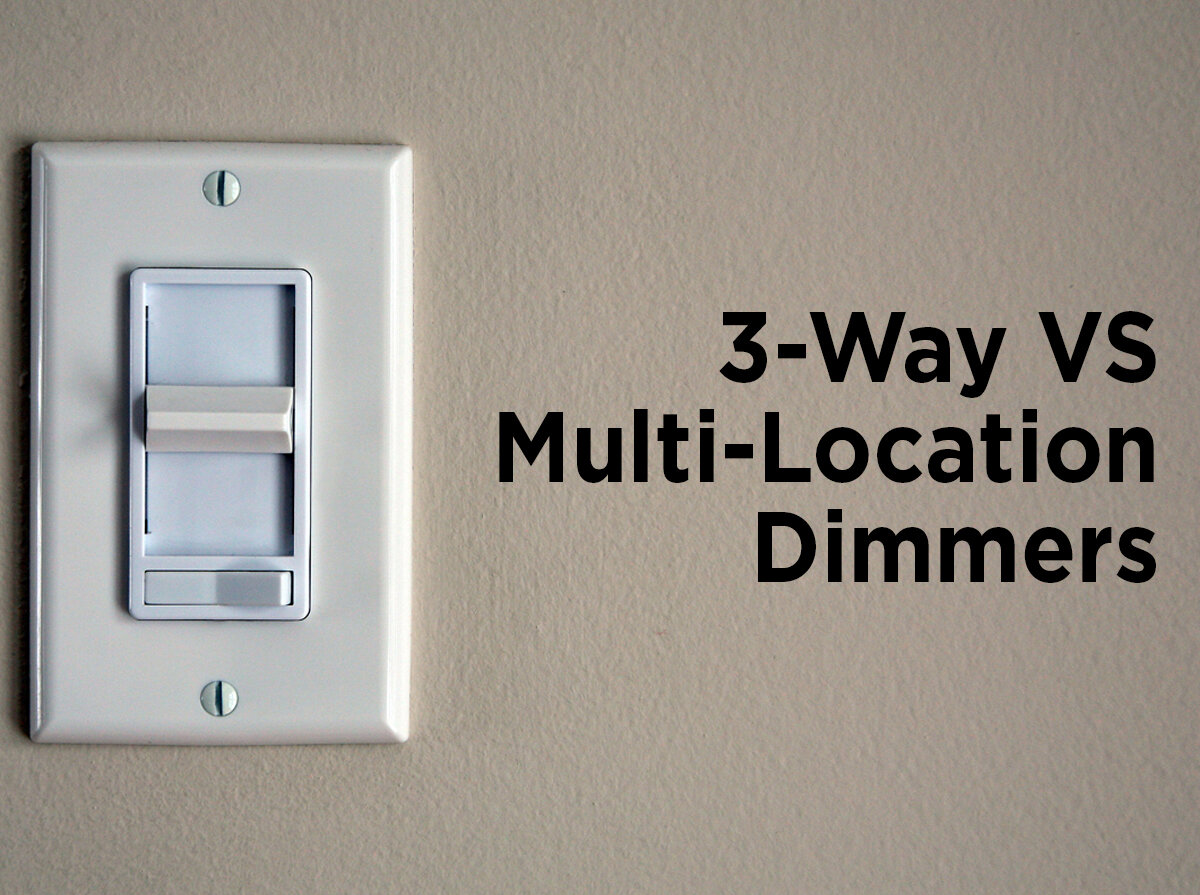Why Do My Lights Hum?
Updated 10/13/23 by 1000Bulbs Staff
Ever wondered why your lights hum? Maybe they just have a song in their wires. In all seriousness, a humming or buzzing sound coming from your light bulbs can be maddening. Whether it's coming from incandescent, fluorescent, or LED bulbs, the problem usually stems from vibration caused by the voltage flowing through the lights.
The vibration itself isn't always the fault of the bulb, however. Other devices on the same electrical line can lead to noisy lines or noisy light bulbs too. Usually, humming is a fairly easy fix, which is great since it is a common problem.
First Verse: Humming from Incandescent Bulbs
Incandescent bulbs are usually very quiet. They rarely hum, but when they do it's usually because a dimmer switch is installed on the same line. Triode for AC (TRIAC) dimming is the most common type of incandescent dimmer switch.
TRIAC dimmer switches remove part of the voltage from the line to decrease the amount of energy reaching the light bulb. This leads to a constant “on/off” switching for the bulb that dims the light output. Unfortunately, the constant application and removal of voltage excites and cools the filament, causing vibration, which can produce buzzing sounds.
Upgrading to rough service bulbs (typically used in kitchen appliances or commercial hardware) will lessen the vibration and silence the hum since they have a more supported filament. Likewise, a 130-volt bulb has a thicker filament which will also reduce buzzing. Both of these lamps may cost a bit more than typical bulbs but do have longer lifespans.
Replacing your dimmer switch can also reduce or remove vibration. If your dimmer is running at maximum wattage capacity, the internal wires can heat up and cause a very annoying buzz. To avoid this, either use lower-wattage bulbs or upgrade to a dimmer switch with a higher wattage rating.
Second Verse: Fluorescent Bulbs Producing a Buzzing Sound
Aside from flickering, buzzing is the most common issue when it comes to fluorescent lights. A bad bulb or starter can cause this, so try replacing the fluorescent bulbs first to see if the buzzing stops. However, it's usually caused by an aging ballast (the device used to regulate voltage for a fluorescent lamp).
As with incandescent bulbs, a lot of buzzing comes from re-striking issues in the fluorescent arc when the lamp is cycled on and off. Constant re-striking happens when a ballast or lamp ages and can no longer properly regulate voltage. It can also be caused by extremely cold conditions. If the buzzing continues after replacing the fluorescent bulb itself, try replacing the ballast.
The ballast can often be noisier than any lamp. If you're still using an older magnetic ballast or a ballast with a noise rating other than class-A, quite a bit of hum is expected. Magnetic ballasts have metal plates that vibrate as well as an intense electromagnetic field that can generate a buzzing noise. Upgrading to a newer electrical ballast or to a ballast with a class-A rating can reduce or remove this hum entirely.
Third Verse: Noisy LED Light Bulbs
LED light bulbs lack a filament or firing arc so there are no moving parts to cause humming. Unfortunately, LEDs can still produce a low hum due to incorrect dimming or electromagnetic interference from other devices.
If you notice your LED lights buzzing only when using the microwave, it's an issue with EM interference and not much can be done. However, if the LED lights buzz when dimmed or installed into sockets connected to a dimmer switch, there is a simple fix.
LEDs do not dim the same way as incandescent bulbs. Simply cutting off a portion of the waveform will strain the driver within your LEDs and decrease the lifespan of the lamp. You should always make sure to get a compatible dimmer switch for your LEDs if available. Ensuring you have dimmable LEDs and using the right dimmer switches will promotes the life of your LEDs and should remove the terrible humming noise.
If you are using LEDs that employ a separate driver, you might hear buzzing or a hum on your line due to an incorrect driver. Similar to ballast issues in fluorescent bulbs, check any external drivers for compatibility or aging issues.
Chorus: When to Consult an Electrician
A few other elements of your light fixtures can cause buzzing or humming. The most dangerous cause is an electrical short. Small shorts in wires or carbon build-up on electrical contacts can lead to similar “on/off” striking and produce electrical buzzing. If you suspect a short to be the cause, get an electrician to confirm and repair the damage immediately.
Loose fixtures can also cause buzzing light fixtures. Sometimes even a simple loose screw can lead to vibration in the light fixture, which produces a similar, if more metallic sounding, hum. If you can't find any other problems, check your light fixture's supports: it might be just that simple.
Whether it's an incompatible dimmer, an old ballast, or just a bad bulb, humming or buzzing sounds can be fixed pretty easily. Fixes range from simple bulb replacements to more expensive repairs, like replacing a dimmer or circuit.
Contact Us for Further Lighting Solutions
If you have any questions or need help troubleshooting your buzzing lights, speak to one of our lighting pros by calling 1-800-624-4488 or visiting 1000Bulbs.com to chat online.










